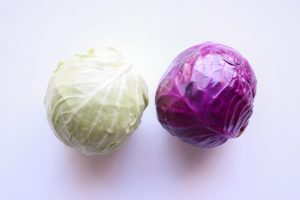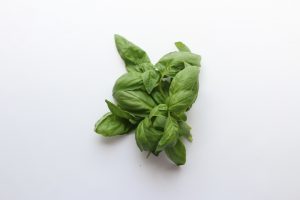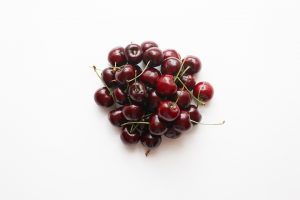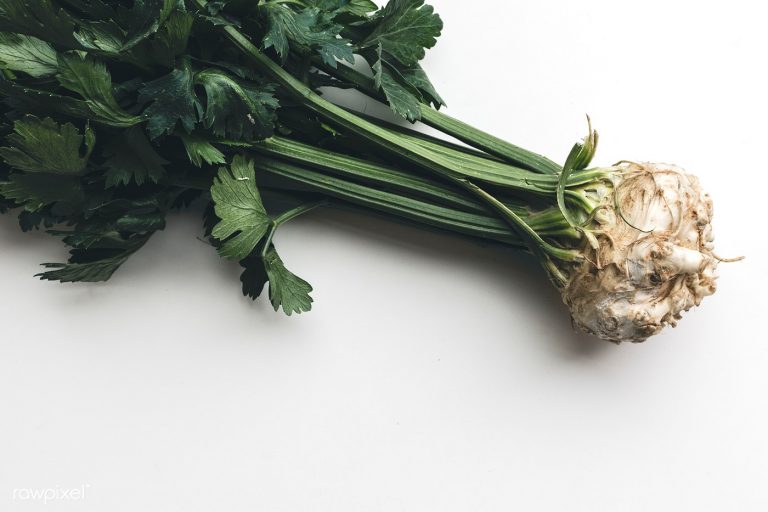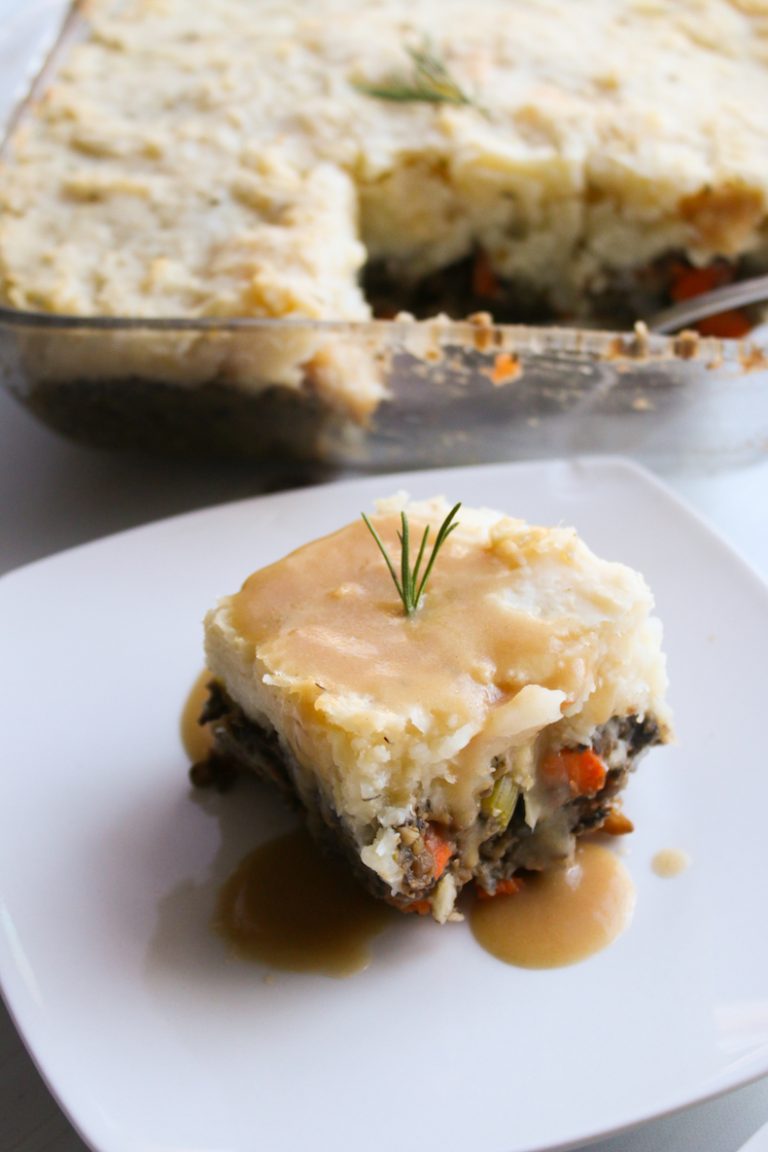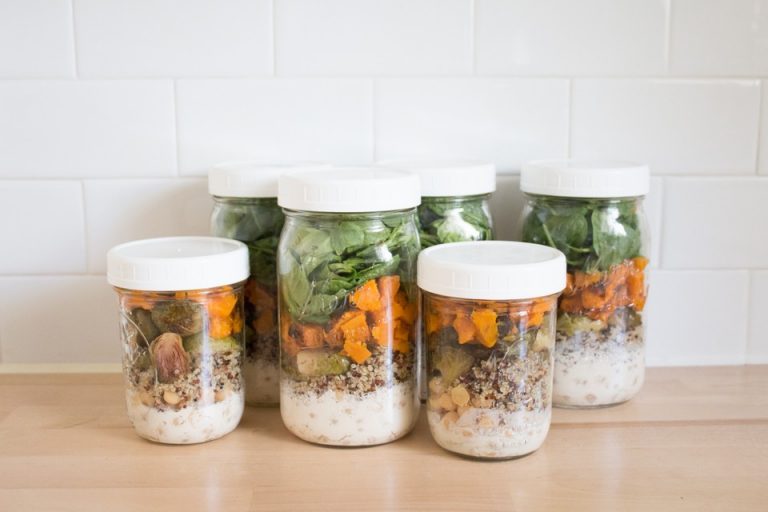My goal is for Live Simply Natural to be a resource to help you feel empowered when making food choices. I’m a big believer that eating a well-balanced diet is the best way to optimize your health. So I’m breaking down everything you need to know to unlock the nutritional powerhouse of the most common whole food ingredients. Today I’m sharing one of my fall and winter time favorites – CAULIFLOWER!
Produce Guide: Cauliflower
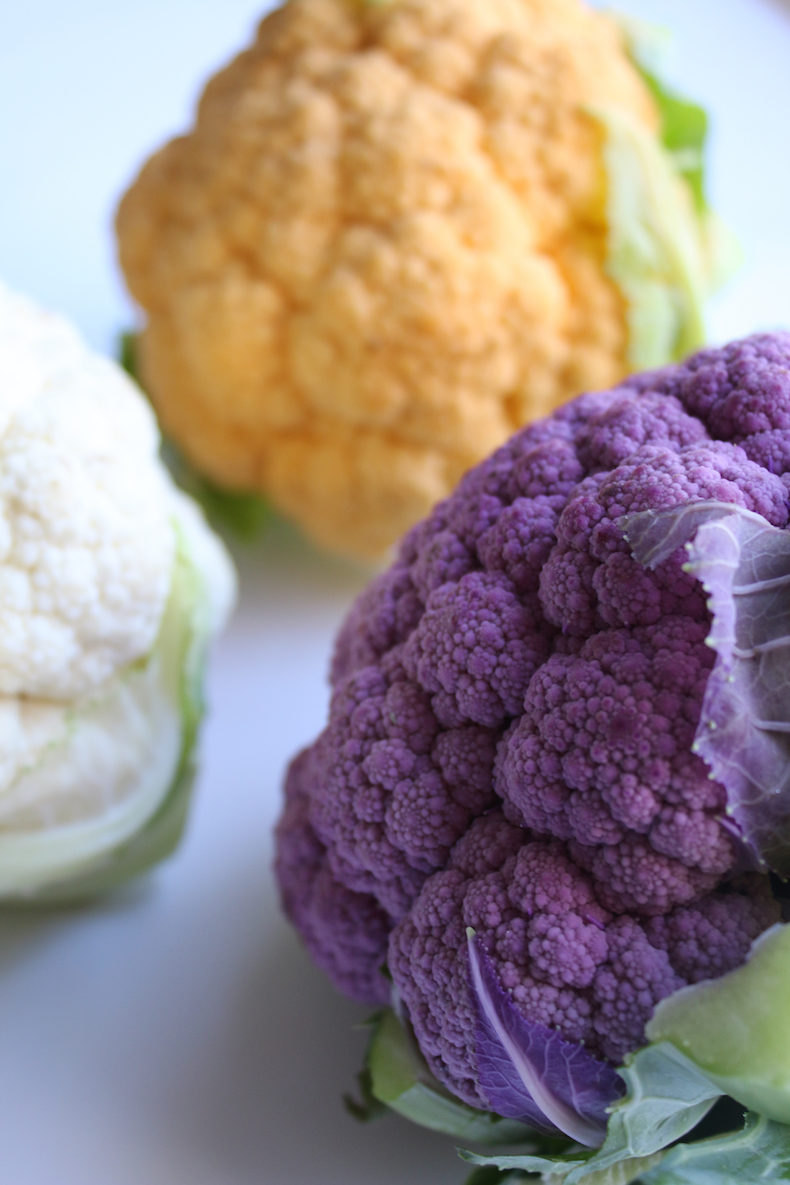
Cauliflower is a member of the cabbage family and a close relative of broccoli. It has a delightfully fresh flavor and a satisfying crunch. While you can typically find white cauliflower all year in supermarkets, the vegetable is generally in season from the winter months into late spring and can be found in colors ranging from pale orange and green to bright violet. White cauliflower differs from other cruciferous veggies (broccoli, cabbage, and kale) in that it lacks the green chlorophyll which the leaves of the plant shield the florets from the sun as they grow. There are many ways to use cauliflower in the kitchen, and just as many reasons to make it a regular part of your recipe rotation. Its delicate flavor lends itself well to both raw and cooked preparations; we love it sliced raw; roasted and tossed with pasta; baked and bathed in lemon juice, and thinly sliced and marinated in a raw salad.
-
HEALTH BENEFITS
Cauliflower, like other cruciferous vegetables, is full of phytonutrients (natural plant compounds), which may help protect against cancer. One of its best nutritional aspects though is the high daily value of vitamin C it delivers in one serving – an impressive 77%. Cauliflower is also a good source of vitamin K, protein, thiamin, riboflavin, niacin, magnesium, and phosphorus, and a very good source of fiber, vitamin B6, folate, potassium, and manganese. Cauliflower is anti-inflammatory and antioxidant-rich and may boost both your heart and brain health. It’s best when eaten raw because cooking and processing destroy some of its antioxidants.
NUTRIENT BREAKDOWN OF CAULIFLOWER
*per 1 cup raw cauliflower, 100g (source)
- Fiber | 2.5 g (10% DV)
- Protein | 2 g (4% DV)
- Carbohydrates | 5.3 g (2% DV)
- Vitamin C | 46.4 mg (77% DV)
- Vitamin K | 16 mcg (20% DV)
- Folate | 57 mg (14% DV)
- Magnesium | 15 mg (4% DV)
- Potassium | 303 g (9 % DV)
- Calcium | 22 mg (2 % DV)
- Iron | .4 mg (2% DV)
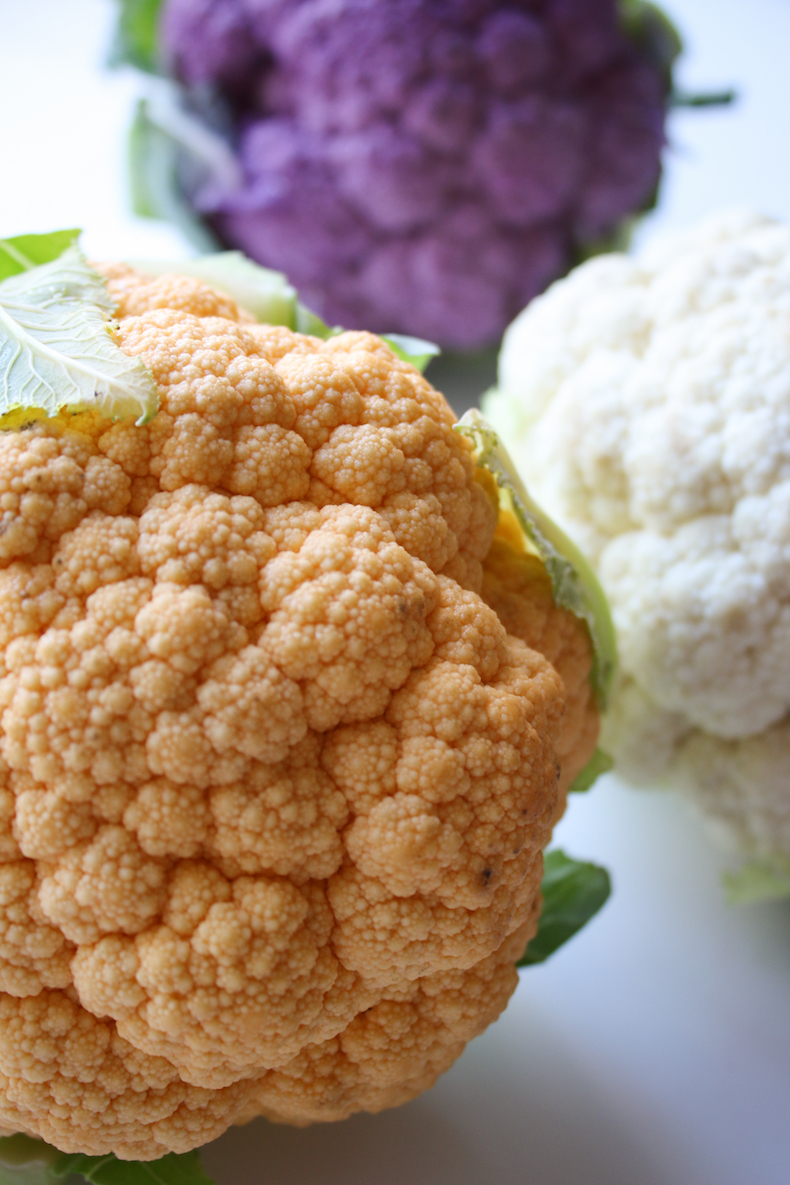
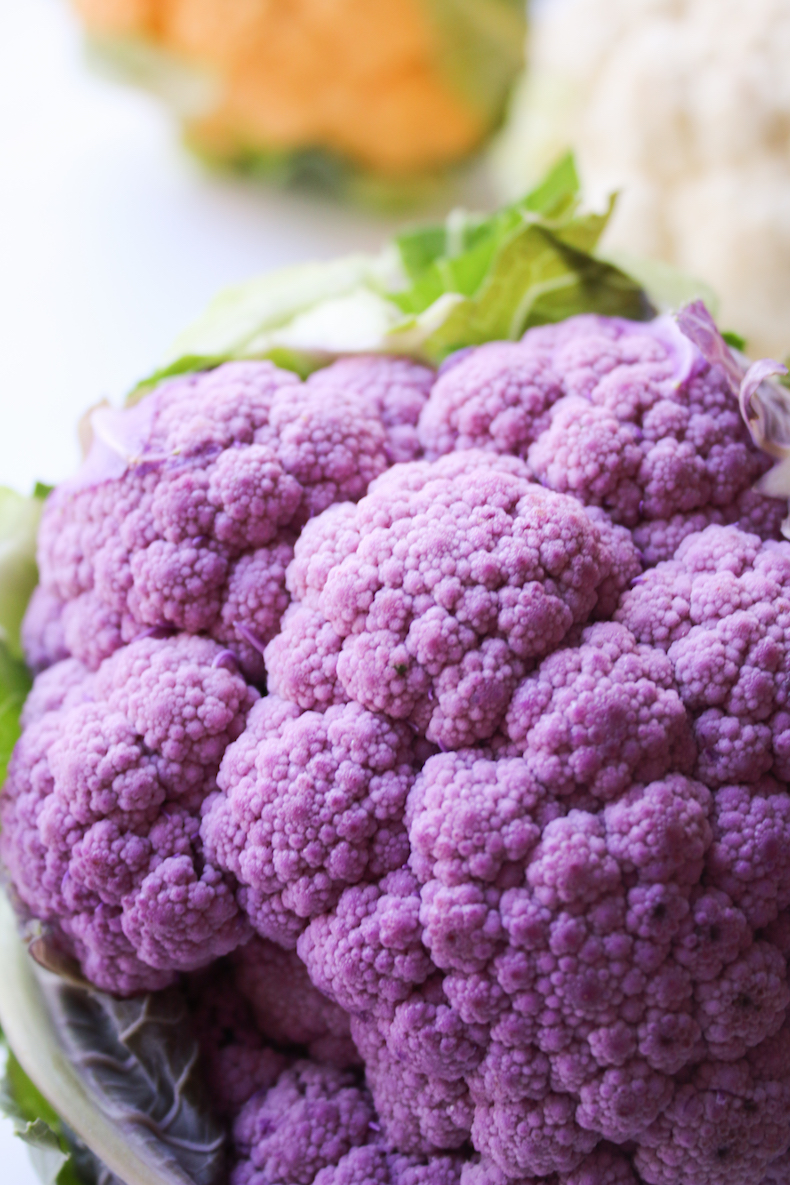
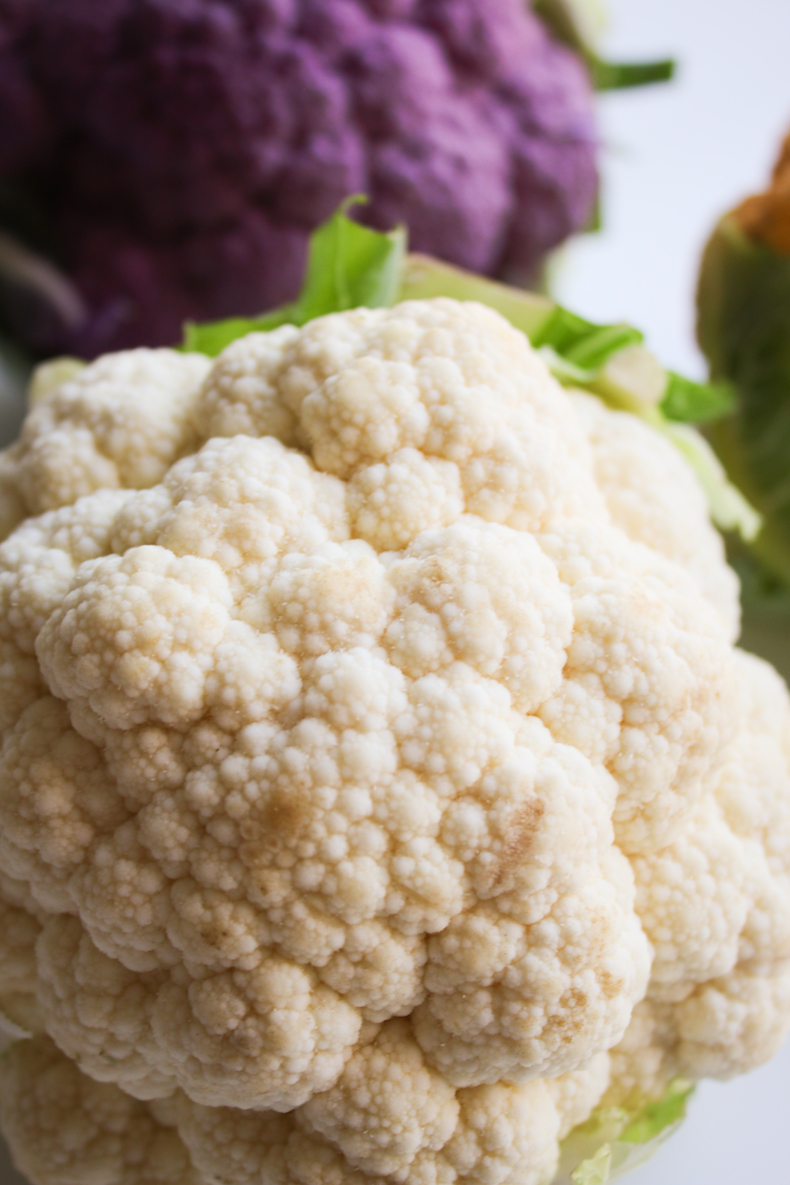
-
HOW TO BUY
When shopping for cauliflower, you should always look for the same things: Look for a clean, creamy white, and compact head with tight bud clusters. Spotted or dull-colored cauliflower should be avoided; heads that are surrounded by many thick green leaves are better protected and will stay fresher longer. Your best bet for cauliflower is at a local farmers’ market as the cauliflower in supermarkets, even during peak season, has been out of the earth for far too long to really let its flavor shine.
-
HOW TO STORE
Store your cauliflower in your vegetable crisper, unwashed in a perforated bag, and try to use it within a few days. This will help keep your cauliflower fresh and crisp. Although they’ll last as long as 10 days in the fridge, try to cook them as soon as possible; their flavor will start to diminish after 4-5 days so the sooner you get it in the pan and into your belly, the better.

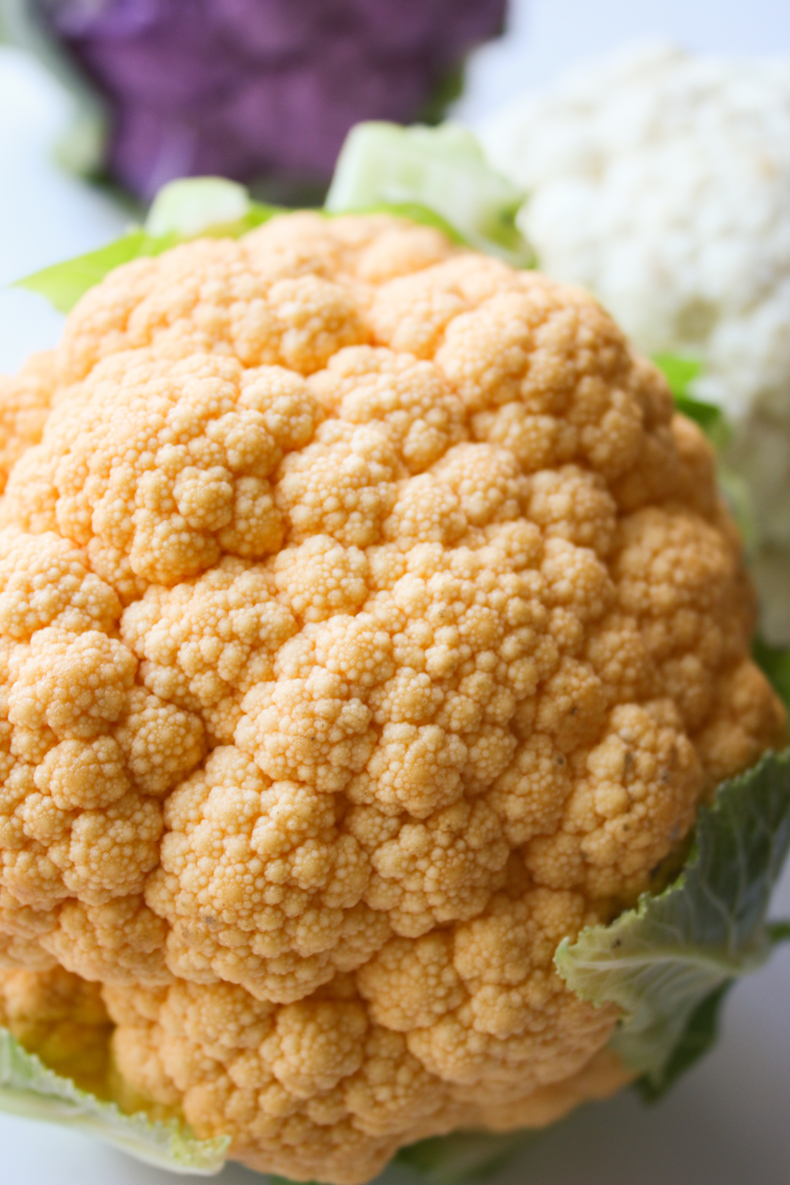
-
HOW TO PREPARE
Soak in lukewarm water for 10 minutes to draw out any insects in the leaves, then rinse your cauliflower just before using it. For most preparations trim away coarse bottom leaves and halve or break into florets before cooking. If you’re serving the cauliflower raw, you can crisp it by soaking it in cold water for about 10 minutes.
-
CAULIFLOWER RECIPES
Looking for more cauliflower recipes? Check out our favorites here!
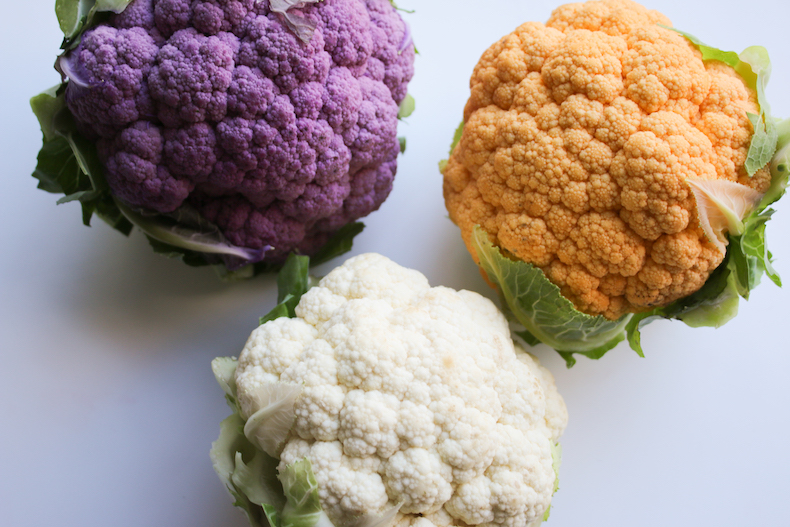
WHAT’S YOUR FAV?
What ingredient do you guys want to learn more about? And if you have a favorite way to eat cauliflower, tag @livesimplynatural or #livesimplynatural so the LSN community can get inspired by your dish too :)
Hugs,


